María Castellanos & Alberto Valverde
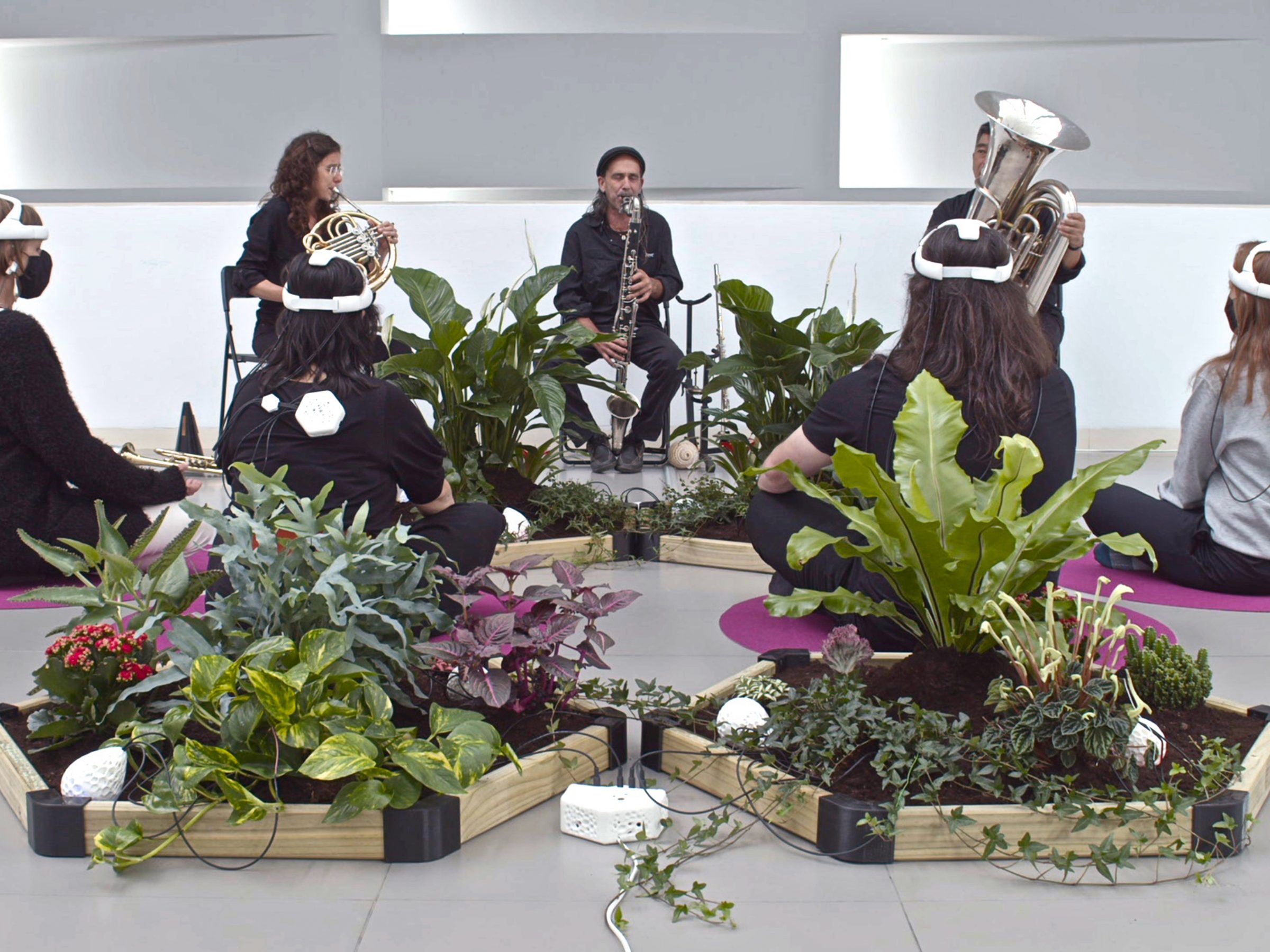
Meta.Morf 2022 – Ecophilia / K-U-K – Kjøpmannsgata Ung Kunst / Exhibition May 6 – August 14 /
Curator: Zane Cerpina / Co-curator: Espen Gangvik
Beyond Human Perception
María Castellanos & Alberto Valverde [ES/NO]
Beyond Human Perception (2020) is a video installation that allows the audience to visualise and compare the reactions of humans and plants to a common stimulus; live music. Erasing boundaries into the communication and understanding between both living beings and by highlighting the immediate reactions of plants to their surrounding changes.
The installation is the result of several sessions where the brain activity of humans was measured, through the EEG registered wave, and measuring the electrical oscillations that are happening into the plants, measured with a sensor developed by the artists, able to detect immediate changes in plants.
Through the use of mathematics, by using the Fast Fourier Transform, humans data and plants data can be compared to each other. This data can also be displayed graphically thanks to an algorithm developed by the artists that allows the audience to see the data through the shape of little spheres that are moving within the geometric shape of a torus. Each little sphere represents each data registered. The graphic representation of human data and plant data can be seen simultaneously in a video allowing the audience to find patterns by comparing the both living beings’ reactions to the live music.
The installation is composed of two synchronised videos. One video with the concert for plants and humans, and the other one with the data visualisation of two living beings’ responses during the performance.
The work was realised within the framework of the European Media Art Platforms EMARE program at KONTEJNER | bureau of contemporary art praxis with support of the Creative Europe Culture Programme of the European Union.
María Castellanos & Alberto Valverde
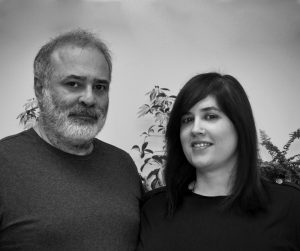 María Castellanos and Alberto Valverde (uh513) began working together as a duo in 2009. María Castellanos is an artist and researcher working at the intersection of art, science, technology and society. Currently she is postdoctoral researcher at Oslo Metropolitan University, in the framework of FeLT Project – Futures of Living Technologies.
María Castellanos and Alberto Valverde (uh513) began working together as a duo in 2009. María Castellanos is an artist and researcher working at the intersection of art, science, technology and society. Currently she is postdoctoral researcher at Oslo Metropolitan University, in the framework of FeLT Project – Futures of Living Technologies.
Alberto Valverde is an artist and technologist with experience in system design, creation of interactive environments, multimedia and robotics. He worked as associate professor at the Faculty of Fine Arts of the University of Vigo (ES).
Their joint practice focuses on the relationships between human beings and machines, and in recent years they have centred their research on the sensory boundaries and the creation of complex systems that promote the communication and the understanding between humans and non human beings.
Their work has won awards like VERTIGO STARTS (2017), a prize granted under the aegis of EU-Horizon 2020, an initiative led by Centre Pompidou and IRCAM , Paris, and the Fraunhifer. Gesellschaft, Germany, to foster collaboration between art practitioners and R&D projects. In 2016 they were awarded the Antón Scholarship for Sculpture Research from the Museo Antón in Candás (Asturias). Also in 2016 they were nominated for the STARTSPrize’ 16 at Ars Electronica, Linz (Austria) and the Japan Media Arts Festival, Tokyo (Japan).
Their work was exhibited and performed at venues and festivals such as Ars Electronica Festival (AT), LABoral Art Centre (ES), Athens Digital Arts Festival (GR), Onassis Stegi (GR), House of electronic Arts Basel (CH), La Gâite Lyrique Museum (FR), DRIVE Volskwagen (DE), Matadero Madrid (ES), Bozar Electronic Art Festival (BE), Arts Santa Mónica (ES), Touch Me Festival (HR) MUSAC (ES), CEBIT. Europe’s Festival for Innovation and Digitization (DE).
Their work has been featured in a number of exhibitions, including Jardín Cyborg, at Matadero Madrid, 2019; the solo exhibition Open Environmental Kit at MUSAC –Contemporary Art Museum of Castilla & Leon–, Spain, 2019; Eco-Visionaries at Hek, Basel, 2018; Look Forward Fashion Tech Festival, at La Gâite Lyrique Museum, Paris 2017; Human Factor, organised by Ars Electronica at DRIVE Volkswagen, Berlin, 2016; Ars Electronica Festival 2016, Linz; Bozar Electronic Art Festival, Brussels, 2016.
uh513.com / mariacastellanos.net
Header Graphics: “Beyond Human Perception” by María Casellanos & Alberto Valverde.
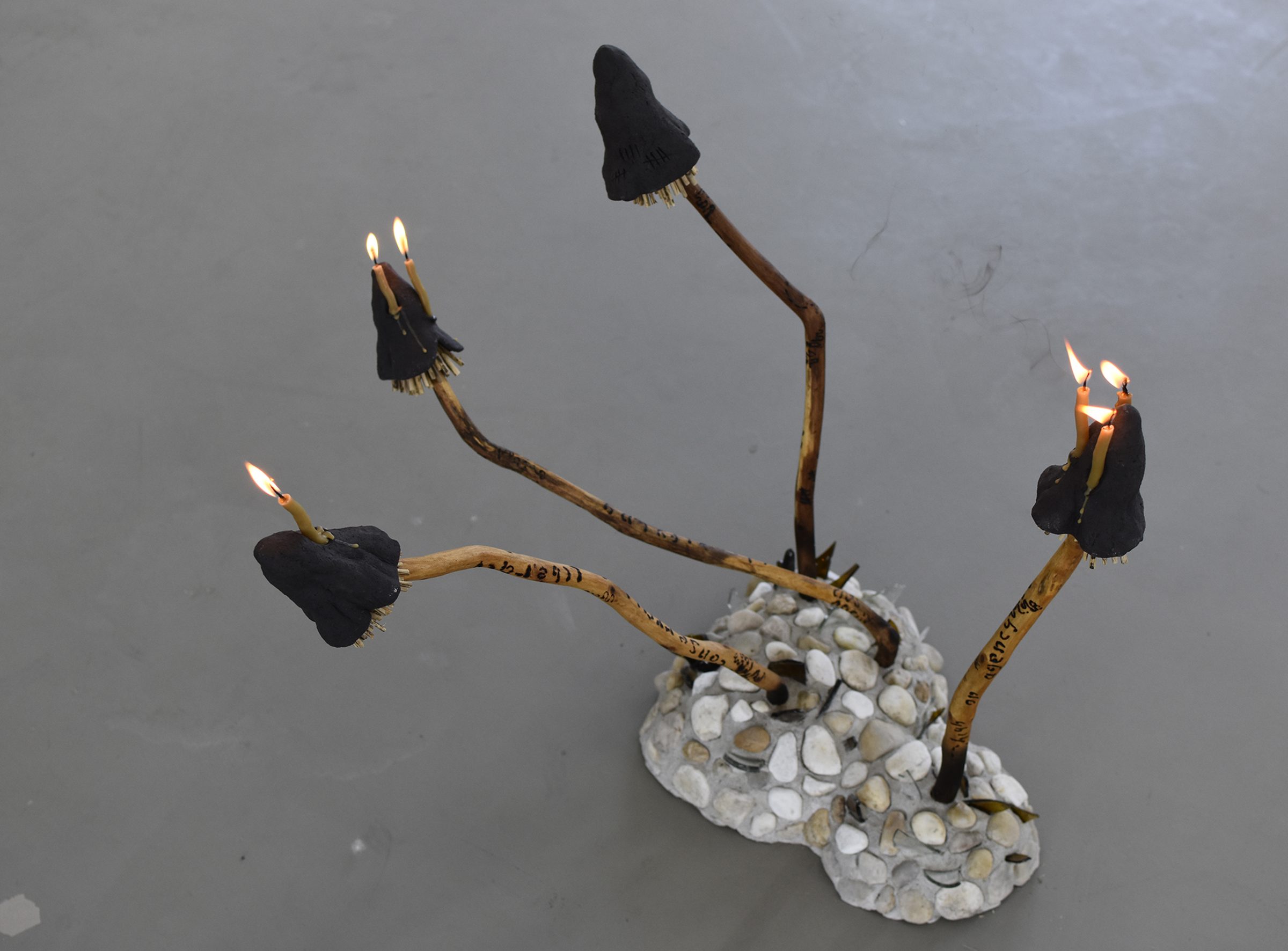
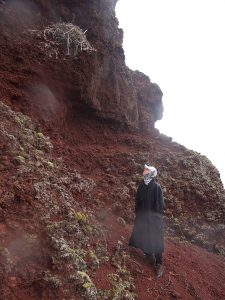 Marius Presterud (b.1980, Drammen) is a Norwegian artist based in Berlin and Oslo. He works across a variety of media; performance, poetry, sculpture and ecoventions. He has toured Europe and been a featured poet at venues in Paris, Berlin and Istanbul, and he has performed in established galleries such as Henie Onstad Art Center, Norway, and Hamburger Bahnhof, Germany. In 2018 he was a debutant at Norway’s 131. National Art Exhibition, Høstutstillingen, and in 2021 he had his first solo exhibition abroad, at Exgirlfriend Gallery, Berlin. Common themes throughout his work are a focus on selfhood, significant otherness and societal health.
Marius Presterud (b.1980, Drammen) is a Norwegian artist based in Berlin and Oslo. He works across a variety of media; performance, poetry, sculpture and ecoventions. He has toured Europe and been a featured poet at venues in Paris, Berlin and Istanbul, and he has performed in established galleries such as Henie Onstad Art Center, Norway, and Hamburger Bahnhof, Germany. In 2018 he was a debutant at Norway’s 131. National Art Exhibition, Høstutstillingen, and in 2021 he had his first solo exhibition abroad, at Exgirlfriend Gallery, Berlin. Common themes throughout his work are a focus on selfhood, significant otherness and societal health.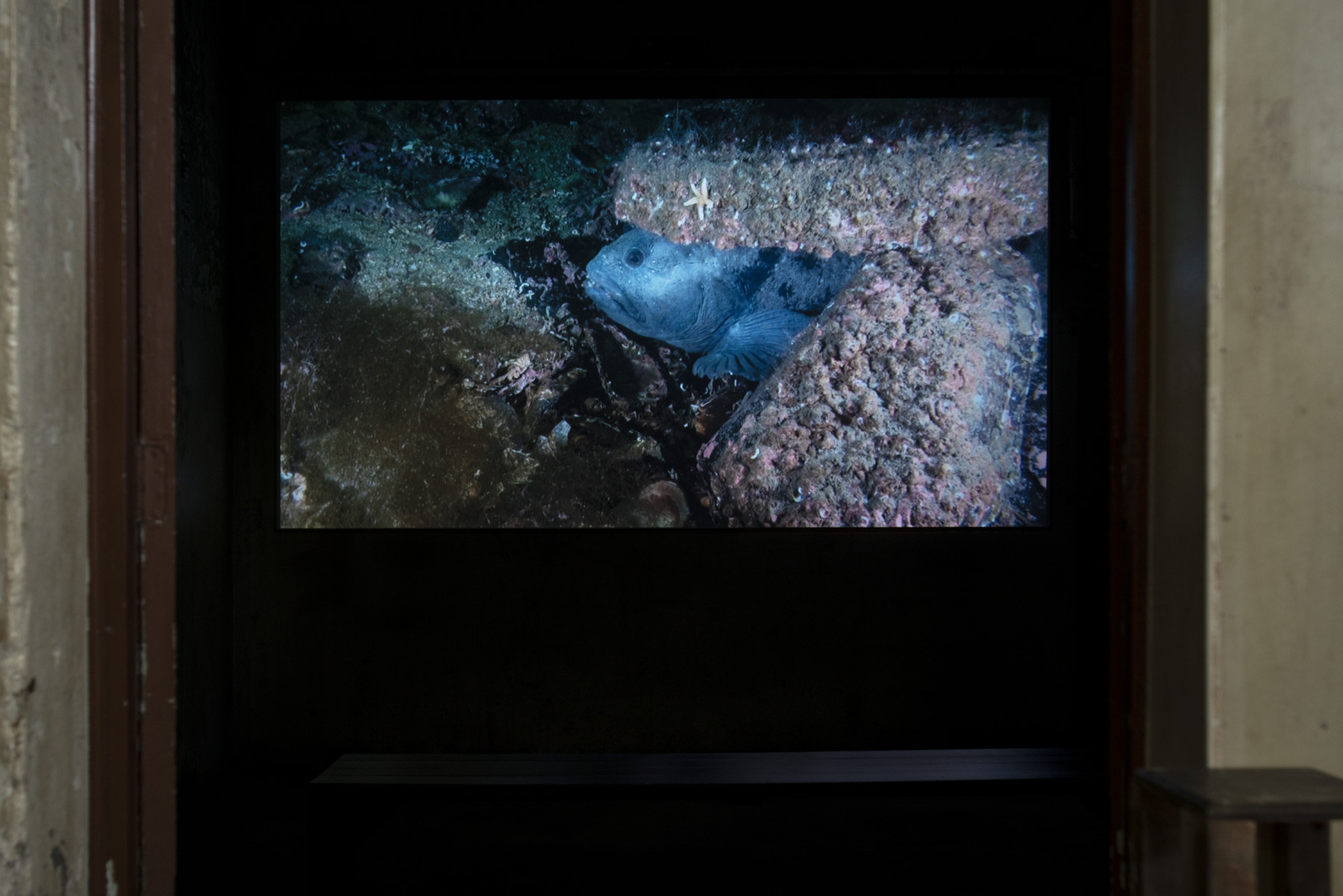
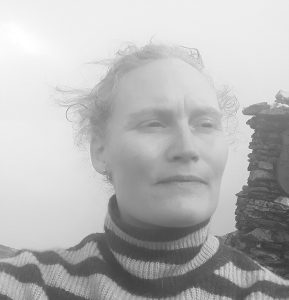 Ellen Sofie Griegel (b. 1975) is a visual artist from Trondheim who works with sculpture, installation art and graphics. She has a BA and MFA from the Bergen Academy of Art and Design (2007) and has exhibited at Trafo Kunsthall, RAKE exhibition rooms, Østfold Kunstsenter, Kunstmuseet NordTrøndelag and Norwegian Graphic Artists. She has completed several public art commissions and her works are included in the art collections of Trondheim Municipality, Steinkjer Municipality and Kunstmuseet NordTrøndelag.
Ellen Sofie Griegel (b. 1975) is a visual artist from Trondheim who works with sculpture, installation art and graphics. She has a BA and MFA from the Bergen Academy of Art and Design (2007) and has exhibited at Trafo Kunsthall, RAKE exhibition rooms, Østfold Kunstsenter, Kunstmuseet NordTrøndelag and Norwegian Graphic Artists. She has completed several public art commissions and her works are included in the art collections of Trondheim Municipality, Steinkjer Municipality and Kunstmuseet NordTrøndelag.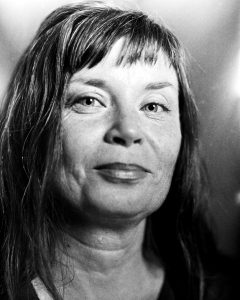 Sissel M. Bergh (b.1974) is an artist from Southwest Sápmi/ Trøndelag, working from Tråante and Fovsen – in cooperation with diverse knowledge(s) in order to relate to and understand the physical and invisible world(s): How to reread relations, land, memory, power and magic.
Sissel M. Bergh (b.1974) is an artist from Southwest Sápmi/ Trøndelag, working from Tråante and Fovsen – in cooperation with diverse knowledge(s) in order to relate to and understand the physical and invisible world(s): How to reread relations, land, memory, power and magic.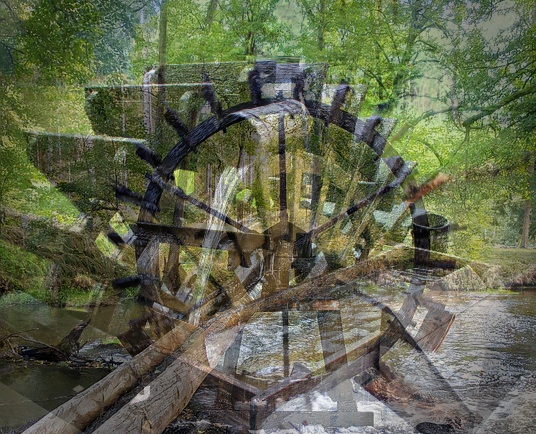
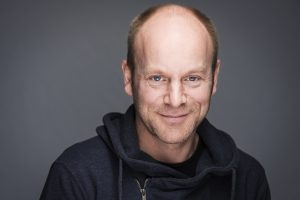 Øyvind Brandtsegg is a composer and performer working in the fields of computer improvisation and sound installations. He has a deep interest in developing new instruments and audio processing methods for artistic purposes, and he has contributed novel extensions to both granular synthesis, feedback systems, and live convolution techniques. Brandtsegg has participated on more than 25 music albums in a variety of genres. Since 2010 he is a professor of music technology at NTNU, Trondheim, Norway.
Øyvind Brandtsegg is a composer and performer working in the fields of computer improvisation and sound installations. He has a deep interest in developing new instruments and audio processing methods for artistic purposes, and he has contributed novel extensions to both granular synthesis, feedback systems, and live convolution techniques. Brandtsegg has participated on more than 25 music albums in a variety of genres. Since 2010 he is a professor of music technology at NTNU, Trondheim, Norway.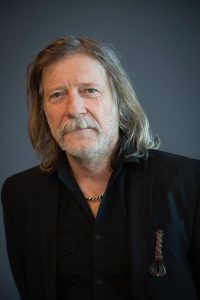 Erlend Leirdal (b. 1964) has worked with wood all his life and is very close to the legacy of ancient wood culture. The properties of the grown wood help to determine the design of his art, and from there grow the ideas that become three-dimensional works. That wood as a living material also changes in the face of weather and wind, Leirdal takes as a natural part of the work, and performance and other physical approaches also play a role in his art. Leirdal’s art has been purchased by i.a. The National Museum and KODE.
Erlend Leirdal (b. 1964) has worked with wood all his life and is very close to the legacy of ancient wood culture. The properties of the grown wood help to determine the design of his art, and from there grow the ideas that become three-dimensional works. That wood as a living material also changes in the face of weather and wind, Leirdal takes as a natural part of the work, and performance and other physical approaches also play a role in his art. Leirdal’s art has been purchased by i.a. The National Museum and KODE.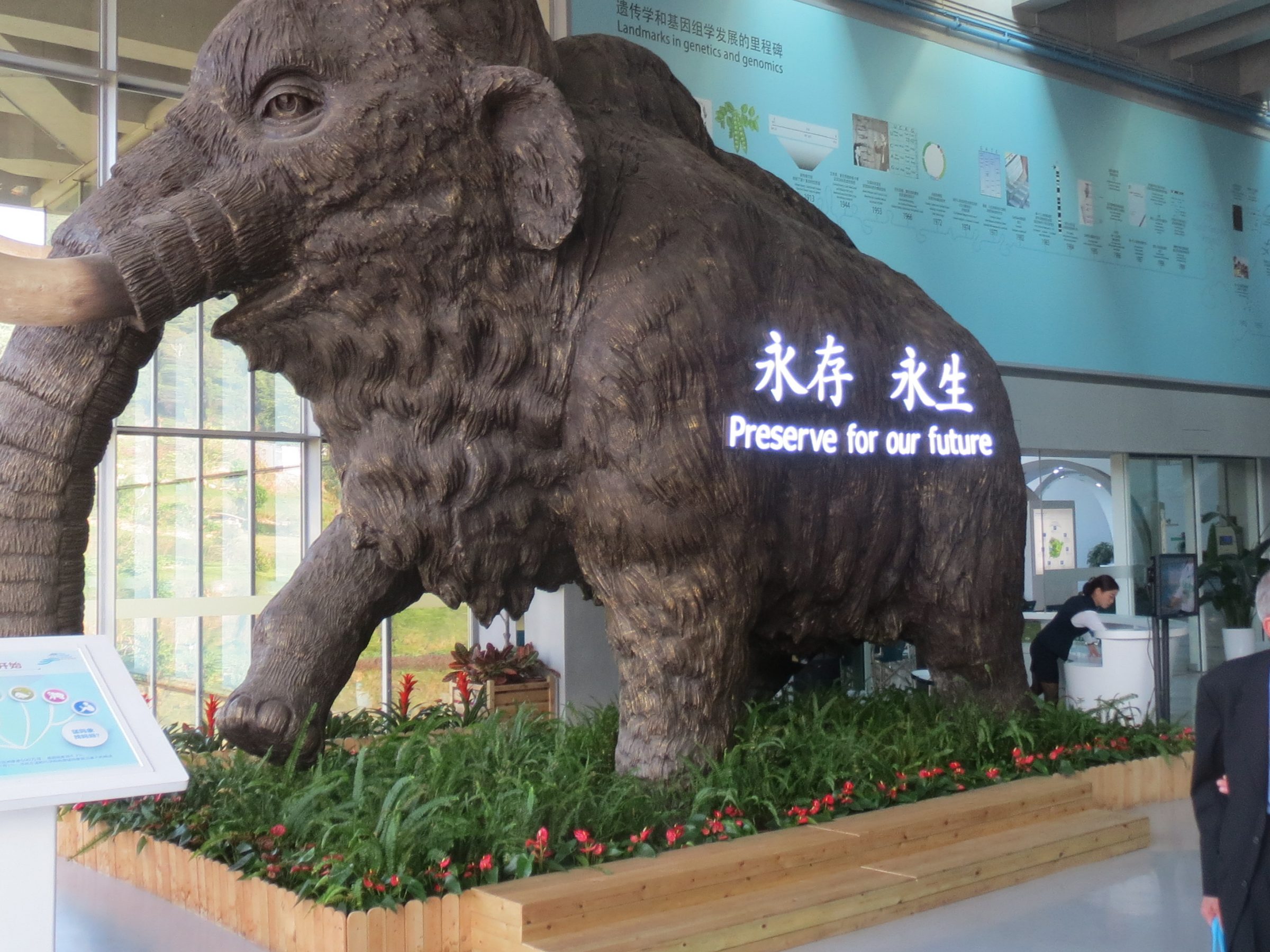
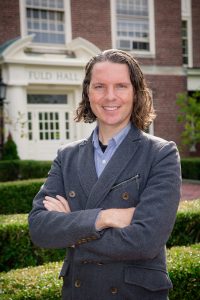 Eben Kirksey is an American anthropologist who writes about science and justice. He is best known for his pioneering work in
Eben Kirksey is an American anthropologist who writes about science and justice. He is best known for his pioneering work in 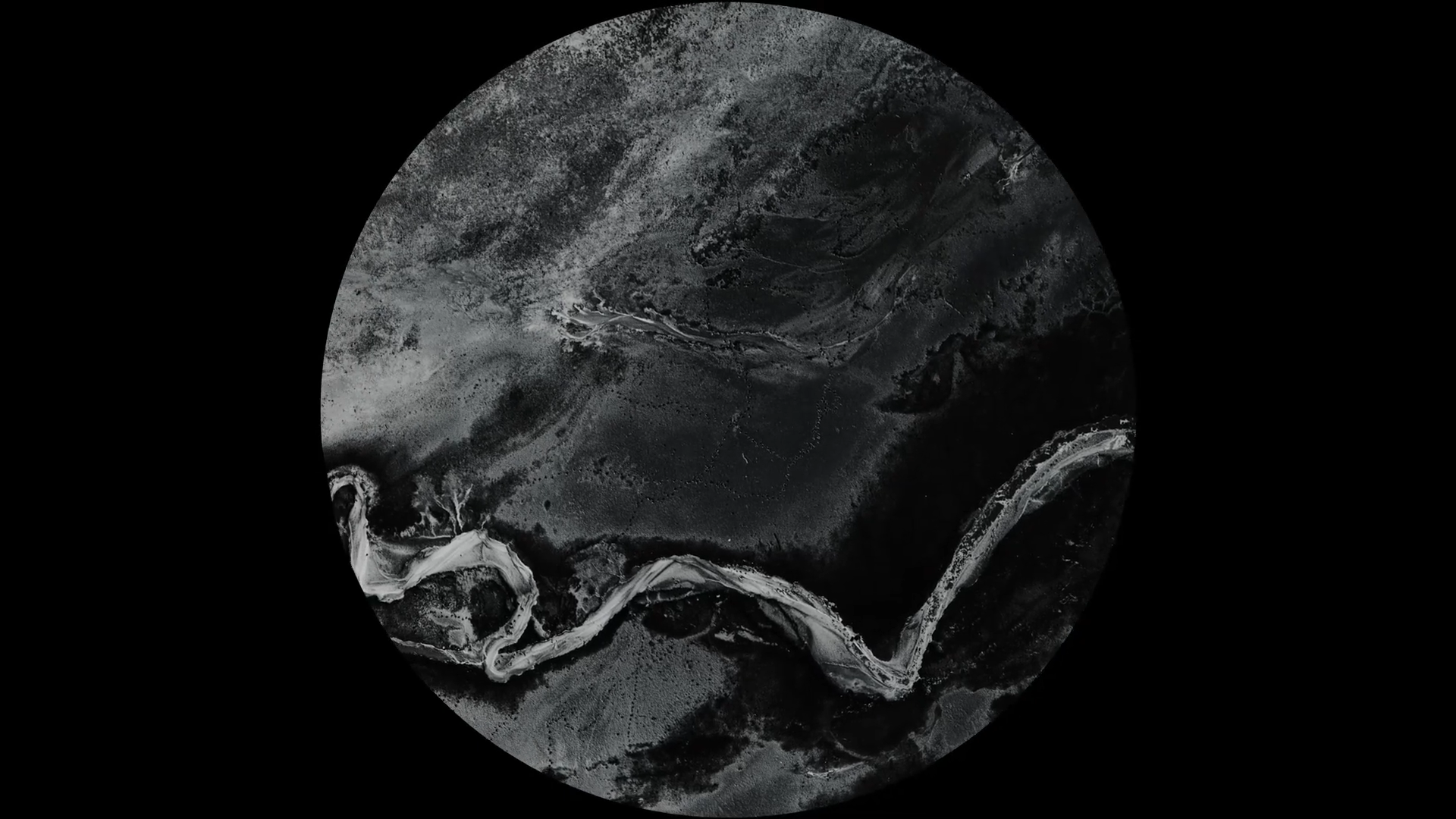
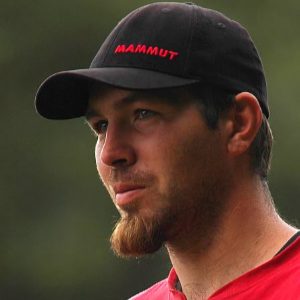
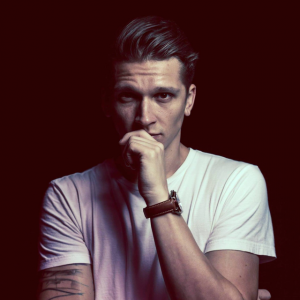
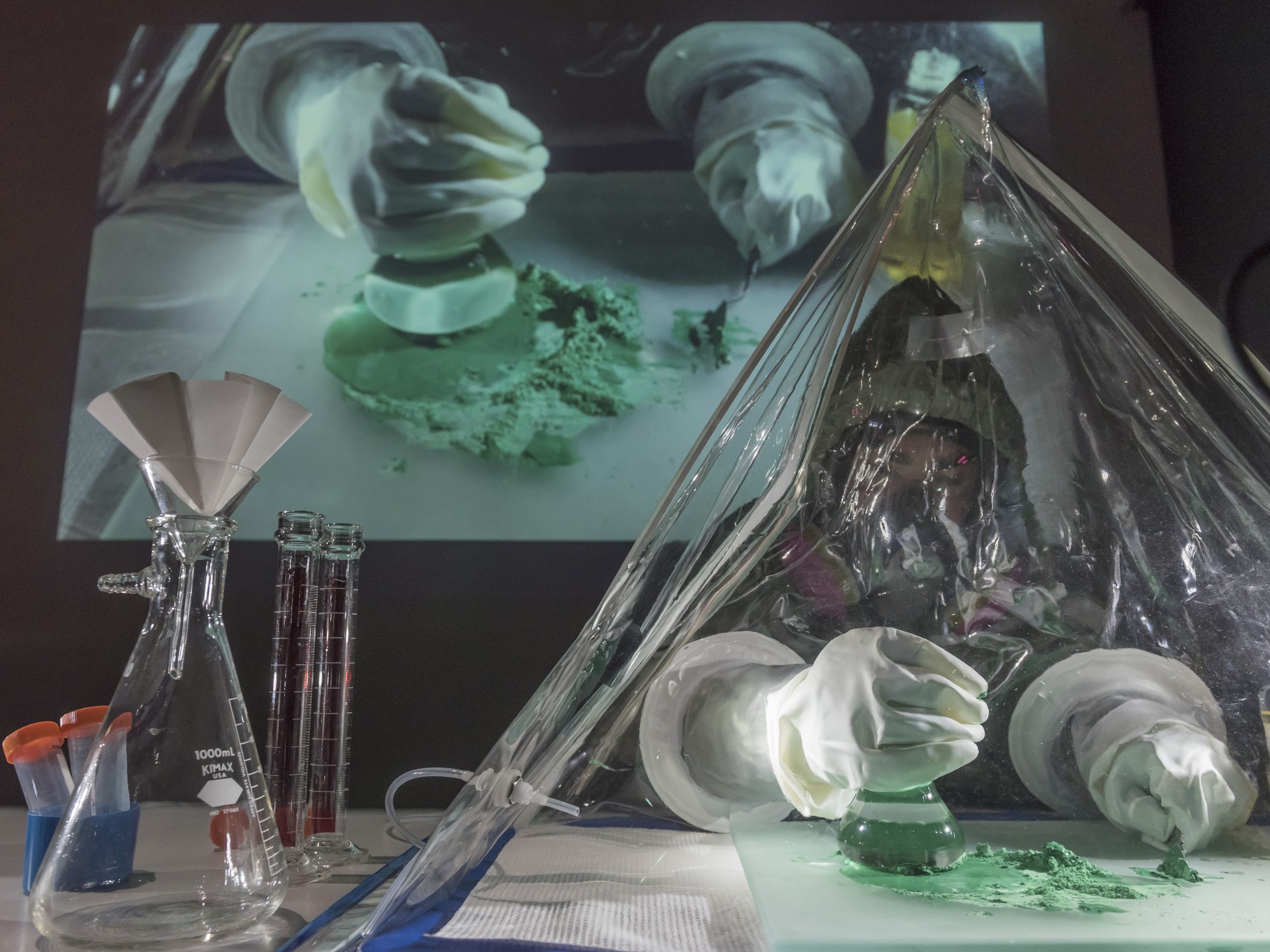
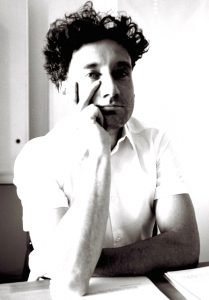 Jens Hauser is a Paris and Copenhagen based media studies scholar and art curator focusing on the interactions between art and technology, trans-genre and hybrid aesthetics. He is currently a Senior postdoc researcher at Medical University Vienna and a guest researcher at University of Copenhagen’s Medical Museion, following a dual post-doctoral research position at the Faculty of Humanities and the Faculty of Health and Medical Sciences, and coordinates the OU\ /ERT network for Greenness Studies. He is also a distinguished affiliated faculty member of the Department of Art, Art History and Design at Michigan State University, where he co-directs the BRIDGE artist in residency program, an affiliated faculty member at the Department for Image Science at Danube University Krems, a guest lecturer at the University of Applied Arts Vienna and at the University of Innsbruck, a guest professor at the Department of Arts and Sciences of Art at Université Paris I Panthéon-Sorbonne, and a researcher affiliated with École Polytechnique Paris-Saclay. Hauser has been the chair of the European Society for Literature, Science and the Arts’ 2018 conference in Copenhagen. At the intersection of media studies, art history and epistemology, he has previously developed an aesthetic and epistemological theory of biomediality as part of his PhD at Ruhr University Bochum, and also holds a degree in science and technology journalism from Université François Rabelais in Tours. His curated exhibitions include L’Art Biotech (Nantes, 2003), Still, Living (Perth, 2007), sk-interfaces (Liverpool, 2008/Luxembourg, 2009), the Article Biennale (Stavanger, 2008), Transbiotics (Riga 2010), Fingerprints… (Berlin, 2011/Munich/2012) Synth-ethic (Vienna, 2011), May the Horse live in me – Art Orienté objet (Ljubljana, 2011), assemble | standard | minimal (Berlin, 2015), SO3 (Belfort, 2015) WETWARE (LA, 2016), Devenir Immobile (Nantes, 2018), {un][split} (Munich, 2018), MATTER/S matter/s (Lansing, 2018), Applied Microperformativity (Vienna, 2018), UN/GREEN (Riga, 2019), OU \ / ERT (Bourges, 2019), Holobiont. Life is Other (Bregenz, 2021), and gREen: Sampling Color/Farbe Vermessen (Munich, 2021) among other co-curated exhibitions and performance projects. Hauser serves on international juries of art awards such as Ars Electronica, Transitio or Vida, as well as of several national science foundations. He is also a founding collaborator of the European culture channel ARTE since 1992, has produced numerous reportages and radio features for German and French public broadcasting services, and widely published essays in print journalism and in art books for many years.
Jens Hauser is a Paris and Copenhagen based media studies scholar and art curator focusing on the interactions between art and technology, trans-genre and hybrid aesthetics. He is currently a Senior postdoc researcher at Medical University Vienna and a guest researcher at University of Copenhagen’s Medical Museion, following a dual post-doctoral research position at the Faculty of Humanities and the Faculty of Health and Medical Sciences, and coordinates the OU\ /ERT network for Greenness Studies. He is also a distinguished affiliated faculty member of the Department of Art, Art History and Design at Michigan State University, where he co-directs the BRIDGE artist in residency program, an affiliated faculty member at the Department for Image Science at Danube University Krems, a guest lecturer at the University of Applied Arts Vienna and at the University of Innsbruck, a guest professor at the Department of Arts and Sciences of Art at Université Paris I Panthéon-Sorbonne, and a researcher affiliated with École Polytechnique Paris-Saclay. Hauser has been the chair of the European Society for Literature, Science and the Arts’ 2018 conference in Copenhagen. At the intersection of media studies, art history and epistemology, he has previously developed an aesthetic and epistemological theory of biomediality as part of his PhD at Ruhr University Bochum, and also holds a degree in science and technology journalism from Université François Rabelais in Tours. His curated exhibitions include L’Art Biotech (Nantes, 2003), Still, Living (Perth, 2007), sk-interfaces (Liverpool, 2008/Luxembourg, 2009), the Article Biennale (Stavanger, 2008), Transbiotics (Riga 2010), Fingerprints… (Berlin, 2011/Munich/2012) Synth-ethic (Vienna, 2011), May the Horse live in me – Art Orienté objet (Ljubljana, 2011), assemble | standard | minimal (Berlin, 2015), SO3 (Belfort, 2015) WETWARE (LA, 2016), Devenir Immobile (Nantes, 2018), {un][split} (Munich, 2018), MATTER/S matter/s (Lansing, 2018), Applied Microperformativity (Vienna, 2018), UN/GREEN (Riga, 2019), OU \ / ERT (Bourges, 2019), Holobiont. Life is Other (Bregenz, 2021), and gREen: Sampling Color/Farbe Vermessen (Munich, 2021) among other co-curated exhibitions and performance projects. Hauser serves on international juries of art awards such as Ars Electronica, Transitio or Vida, as well as of several national science foundations. He is also a founding collaborator of the European culture channel ARTE since 1992, has produced numerous reportages and radio features for German and French public broadcasting services, and widely published essays in print journalism and in art books for many years.
 Katrine Elise Pedersen (1988) is an art historian and curator based in Trondheim, Norway. She earned her MA in Art History at the University of Oslo (UiO). Her art historical research has often centred on (the exclusion or inclusion of) the body in performative contexts. Pedersen is curator and producer at Kunsthall Trondheim, and was a part of the curatorial team of Sex Ecologies with Prerna Bishnoi Carl Martin Faurby, Kaja Grefslie Waagen, with Katja Aglert (The Seed Box) and Stefanie Hessler (Kunsthall Trondheim) as project leaders.
Katrine Elise Pedersen (1988) is an art historian and curator based in Trondheim, Norway. She earned her MA in Art History at the University of Oslo (UiO). Her art historical research has often centred on (the exclusion or inclusion of) the body in performative contexts. Pedersen is curator and producer at Kunsthall Trondheim, and was a part of the curatorial team of Sex Ecologies with Prerna Bishnoi Carl Martin Faurby, Kaja Grefslie Waagen, with Katja Aglert (The Seed Box) and Stefanie Hessler (Kunsthall Trondheim) as project leaders.
 Laura Beloff (Ph.D.) is an internationally acclaimed artist and researcher based in Finland. She functions in-between artistic production and academic research with a core in artistic methods. Beloff’s concept- and practice-driven research is located in the cross section of art, science and technology. The research engages with the areas such as human enhancement, biosemiotics, biological matter, artificial life, artificial intelligence, robotics, and information technology in connection to art, humans, environment and society. The specific interest in recent years is in the diminishing gap between concepts and disciplines of biology and technology. The outcome of her research manifests in exhibited art works, innovative practice-based experiments, wearable artefacts, process-based and participatory installations exploring the merger of art, technology, biology and environments – as well as in research papers, articles and invited chapters in a variety of publications and conferences.
Laura Beloff (Ph.D.) is an internationally acclaimed artist and researcher based in Finland. She functions in-between artistic production and academic research with a core in artistic methods. Beloff’s concept- and practice-driven research is located in the cross section of art, science and technology. The research engages with the areas such as human enhancement, biosemiotics, biological matter, artificial life, artificial intelligence, robotics, and information technology in connection to art, humans, environment and society. The specific interest in recent years is in the diminishing gap between concepts and disciplines of biology and technology. The outcome of her research manifests in exhibited art works, innovative practice-based experiments, wearable artefacts, process-based and participatory installations exploring the merger of art, technology, biology and environments – as well as in research papers, articles and invited chapters in a variety of publications and conferences.